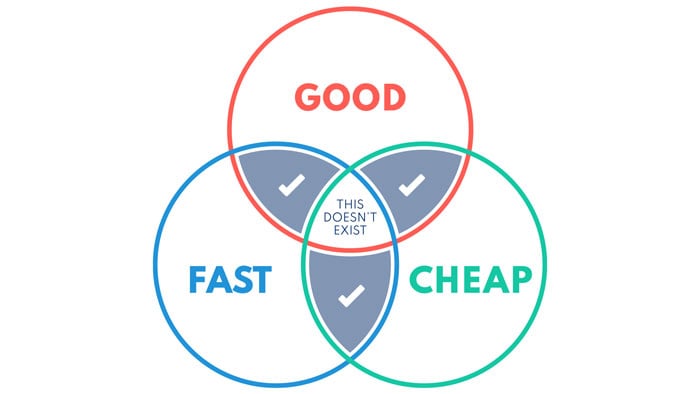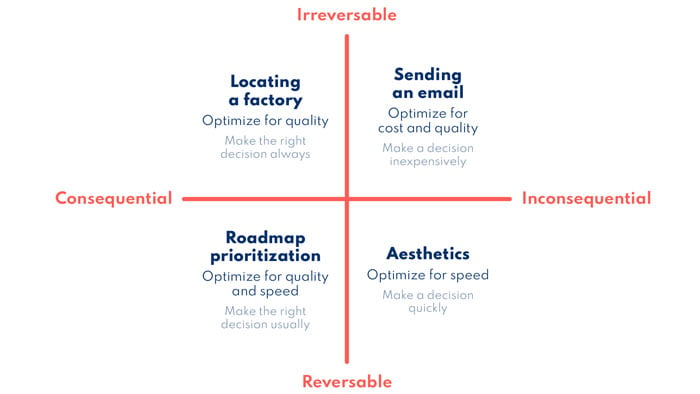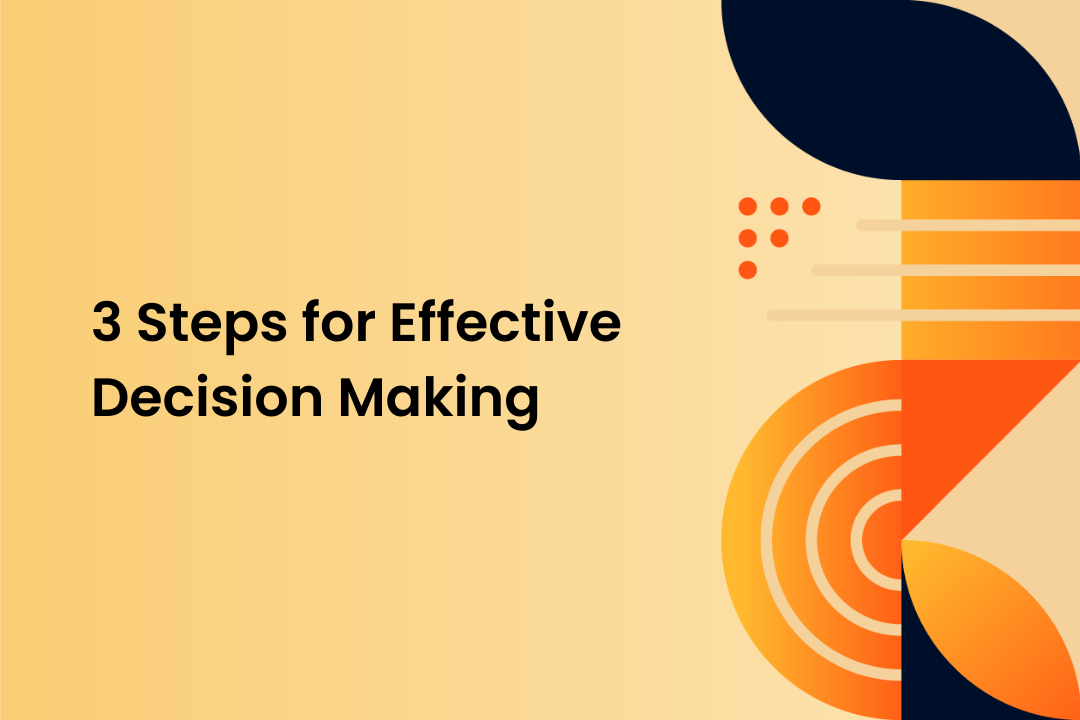
As far as adages go, it’s true that you generally can’t have a project that achieves speed, cost, and quality. Something has to give. But that’s okay since few decisions truly require all three.
Jeff Bezos, the founder of Amazon, popularized a model that distinguishes among different types of decisions and how to make them. It’s a 2x2 matrix that considers the consequentiality and reversibility of a decision. The quadrant dictates the corresponding decision-making processes.
Deciding where to locate a factory is substantially different than deciding on the welcome message in your app’s next update. The factory is consequential in that it will be critical to your supply chain. It’s irreversible in that you can’t simply pick it up and move it if you originally selected the wrong location. The welcome message for your app is both inconsequential and reversible, and, quite frankly, we’ve already spent enough time talking about it.
Companies run into problems when they treat all decisions equally instead of using criteria commensurate with what’s at stake. Teams need to first bucket the type of decision before considering the criteria for making the decision. Otherwise, they tend to default to slow, consensus-driven decision-making which may be appropriate sometimes but not always.
How to make decisions
When decisions are irreversible and consequential, prioritize quality. But when decisions are reversible and inconsequential, prioritize speed. Here are some examples and rules of thumb:

Different decisions call for different tools. You may not be able to use the same tool to carefully size and segment a market as the tool you use to quickly optimize a web experience. For example, customers use DISQO's CX platform primarily for reversible decisions where high-velocity decision-making offers an edge. Many decisions in product management involve prioritization and rapid iterations, which are often the domain of reversible and either consequential or inconsequential decisions. Quick access to high enough quality data can be transformative in such domains.
Decide what you’re deciding on
Before even trying to categorize your decision, it’s helpful to take a step back and reconsider whether that’s really the decision you have to make in the first place.
For example, we often think of hiring as a rightfully consequential decision, but that often may be an outdated mindset. Do you need someone full-time or can the task, project, or role be outsourced to the gig economy? Suddenly a consequential decision becomes inconsequential.
Rapid industrial changes transform decisions from consequential to inconsequential, irreversible to reversible, and vice versa. Here are three steps to follow when making a decision:
- First determine if it’s possible to transform an irreversible decision into a reversible decision. Always try to avoid one-way doors if possible. Sometimes they’re worthwhile and necessary, but not as frequently as people think.
- Once you’re sure what type of decision you’re making, consider the criteria necessary to make the decision. The matrix (or any other construct) needs to be contextualized to your company and environment. Pharmaceutical companies will have a completely different perspective from video game studios.
- Set success criteria, especially for reversible decisions. One of the great advantages is that you get to reverse or change your decision afterward. Failing to set success criteria sacrifices this great benefit.
Don’t make a false trade between speed, cost, and quality. You rarely need all three, but it’s important to recognize which you need most at any given time.





.png?width=352&name=Where%2c%20why%20and%20when%20(1).png)